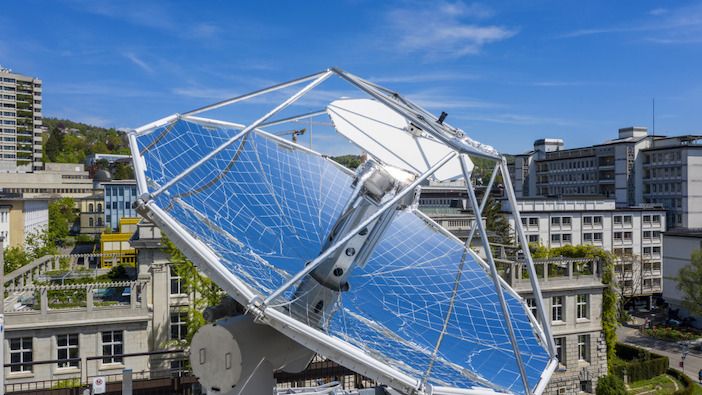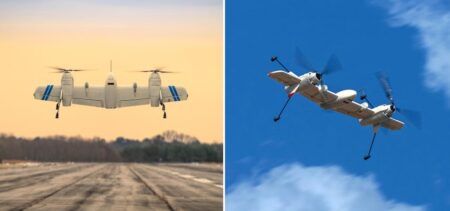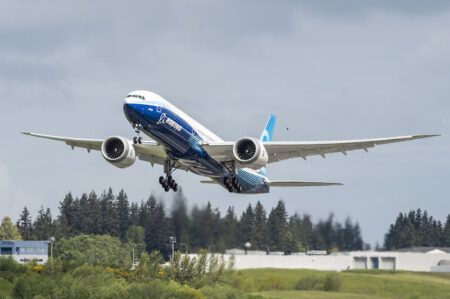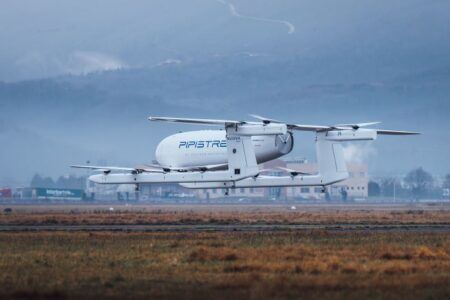Researchers in Switzerland have built a plant capable of producing carbon-neutral liquid fuels from sunlight and air – solar kerosene – which they say could be scaled up to produce jet fuel for aircraft.
The solar kerosene plant at ETH Zurich uses reactors to extract carbon dioxide and water directly from ambient air and splits them using solar energy.
The process yields syngas, a mixture of hydrogen and carbon monoxide, which can then be processed into kerosene, methanol, or other hydrocarbons. These fuels would release as much carbon dioxide during their combustion as was previously extracted from the air for their production.
The researchers have been operating a mini solar refinery on the roof of ETH’s Machine Laboratory building in Zurich for the last two years.
According to ETH Zurich the technology is now sufficiently mature for use in industrial applications and the researchers are working on how to industrialize the production process.

Aldo Steinfeld, professor of renewable energy sources at ETH Zurich said, “This plant successfully demonstrates the technical feasibility of the entire thermochemical process for converting sunlight and ambient air into drop-in fuels.
“The system operates stably under real-world solar conditions and provides a unique platform for further research and development.”
Desert solar kerosene plants
Analyses of the process have shown that the fuel would cost 1.20 to €2 per litre if it were produced on an industrial scale. The researchers identify desert regions with high solar resources as particularly suitable as production sites.
“Unlike with biofuels, whose potential is limited due to the scarcity of agricultural land, this technology enables us to meet global demand for jet fuel by using less than one percent of the world’s arid land and would not compete with the production of food or livestock feed,” said Johan Lilliestam, a research group leader at the Institute for Advanced Sustainability Studies and professor of energy policy at the University of Potsdam, Germany who also worked on the research project.
If the materials used to build the production facilities, such as glass and steel, are manufactured using renewable energy and carbon-neutral methods, emissions can be further reduced to close to zero.
Political and industry support needed
However, the research also concludes that solar fuels will need political and industry support to develop because of the high initial investment costs.
“The European Union’s existing support instruments – emissions trading and offsetting – are not sufficient to stimulate market demand for solar fuels. In view of this, we propose the adoption of a European technology-specific quota system for aviation fuel. This would require airlines to acquire a specific share of their fuel from solar sources,” said Lilliestam.
The study’s authors recommend a share of 0.1% in the earliest phase of market adoption, when the price of “solar kerosene” will be high and production capacities low. This would have little impact on the cost of flying, but would promote the construction of production facilities and set in motion a learning curve that could lead to technological enhancements and lower prices. The quota could then be gradually increased until solar kerosene achieves a market breakthrough without further support measures.
The research was published this month in the scientific journal “Nature”, where the researchers from Zurich and Potsdam Universities describe how the solar reactor functions and outline a policy framework that would provide incentives to expand the production of “solar kerosene”.




